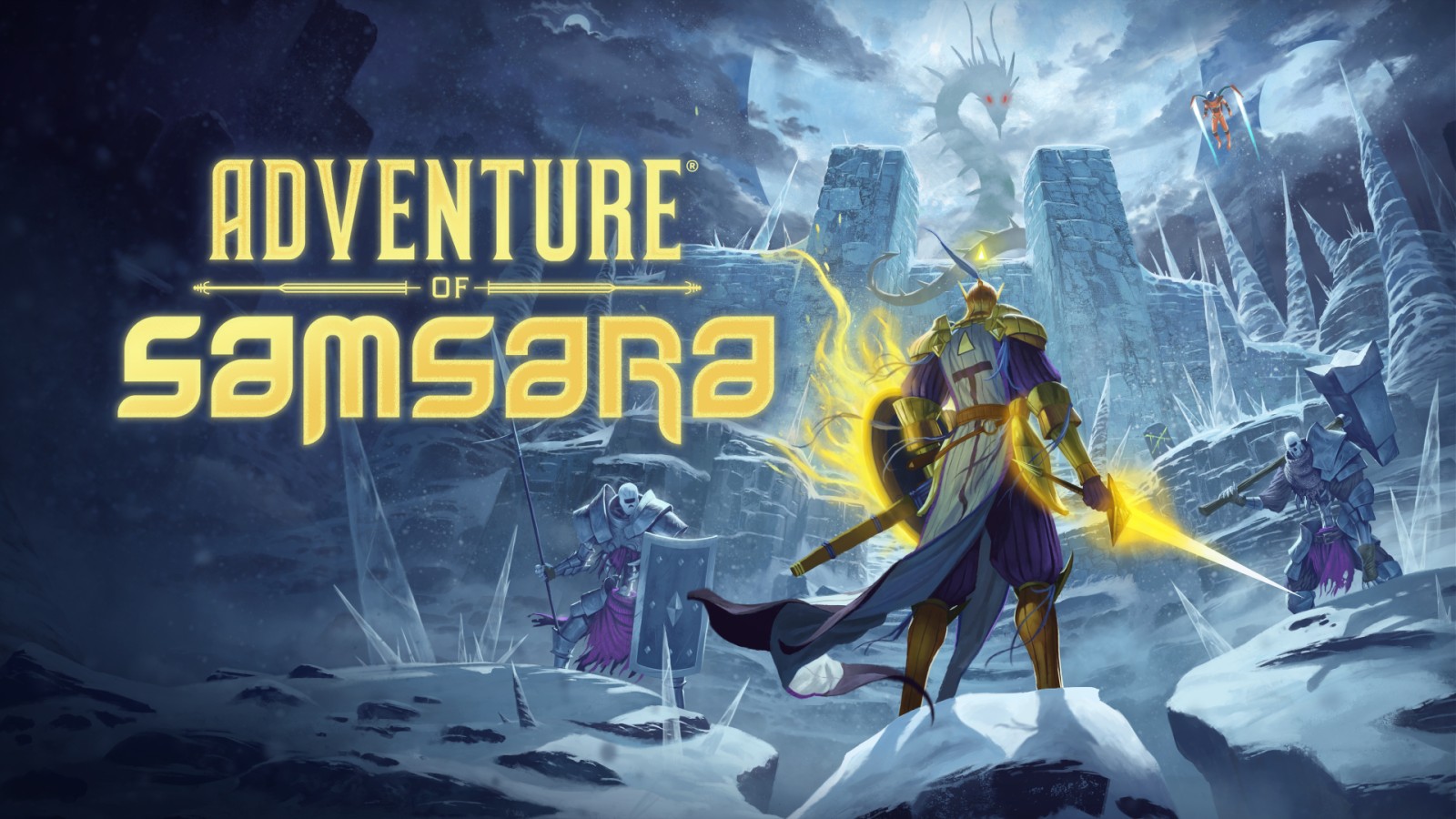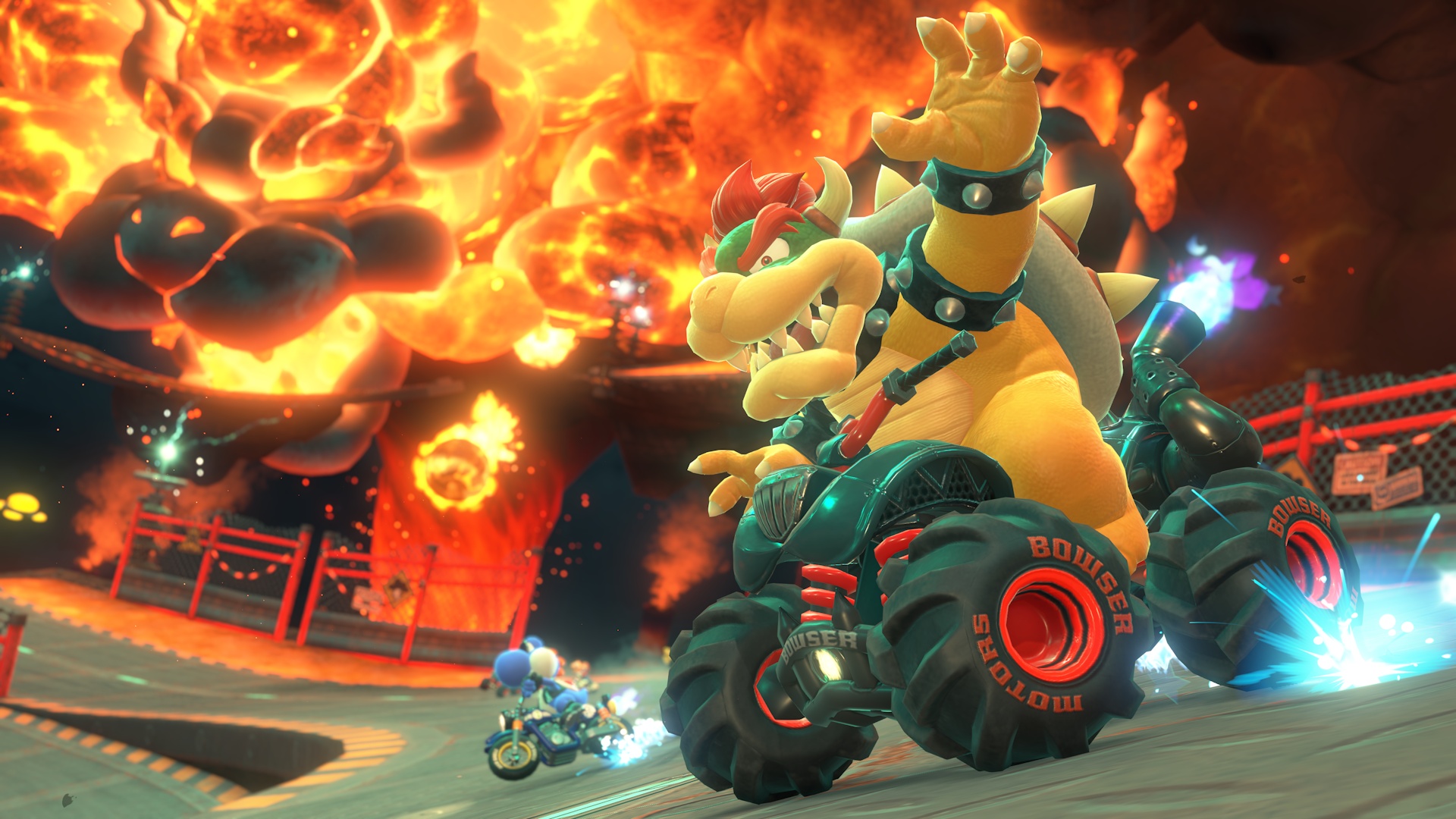The mid-1990s marked a transformative period in the gaming industry, setting the stage for one of the most memorable hardware rivalries: Sega Saturn versus Sony PlayStation.
As Sega prepared for the release of its 32-bit Saturn console, it anticipated dominating a market that still favored its Mega Drive/Genesis, especially as contemporaries like Atari’s Jaguar and the 3DO were facing considerable challenges.
However, the emergence of Sony’s PlayStation—launched in close succession—upended Sega’s plans and redefined the competitive landscape for game hardware. Sega, with its longstanding reputation in both arcade and home console markets, had expected a smooth transition into the next hardware generation.
Yet, Sony, a newcomer to the dedicated gaming space but an established electronics powerhouse, swiftly captured industry and consumer attention.
The PlayStation not only matched the Saturn technically in many respects, but it also garnered the broad third-party support required for sustainable long-term success.
Ultimately, the PlayStation went on to outsell the Sega Saturn by a remarkable margin of ten-to-one over its lifetime. Internal dynamics at Sega during this period further complicated matters.
Notably, North American and Japanese branches reportedly struggled to align their strategies and visions for the Saturn.
As recalled by former Sega of America CEO Tom Kalinske, the early launch of the Saturn—intended to give Sega a head start—was mishandled.
Kalinske recounted unsuccessful efforts to persuade Sega’s headquarters to revise the Saturn’s specifications in light of Sony’s formidable entry.
The decisive moment occurred at E3 1995 when Sony announced the PlayStation would be available for $299, substantially undercutting the Saturn by $100. Facing this new reality, Sega attempted to mitigate the impact through aggressive marketing.
A 1995 trade advertisement, recently digitized by the Video Game History Foundation, showcased a comparison that sought to exude confidence but is now often remembered for its defensive tone.
The chart in the ad highlighted Sega’s track record and pointed out that Sony was relatively untested in the gaming sector, emphasizing Sega’s singular focus on video games and Sony’s dispersion across various electronics.
Phrases like “They make a decent TV; you could hook one up to your Sega Saturn,” featured prominently—reflecting Sega’s attempt to leverage its specialized pedigree against Sony’s broader consumer electronics base. Nevertheless, some claims in the ad, such as pointing out that the PlayStation’s advertised price excluded software, appeared as desperate attempts to distract from Sony’s pivotal price advantage.
Despite Sega’s inclusion of Virtua Fighter as a pack-in title, it did little to mitigate the perception created by the PlayStation’s lower entry cost and robust third-party support. Today, nearly three decades later, the rivalry between Sega and Sony is a landmark chapter in video game history.
While the Sega Saturn ultimately struggled commercially, the platform remains celebrated by enthusiasts for its exceptional library, particularly in certain genres.
The fierce competition of the mid-90s not only propelled hardware innovation but also reshaped company strategies and expectations for what a successful game console launch should entail.
As Sega prepared for the release of its 32-bit Saturn console, it anticipated dominating a market that still favored its Mega Drive/Genesis, especially as contemporaries like Atari’s Jaguar and the 3DO were facing considerable challenges.
However, the emergence of Sony’s PlayStation—launched in close succession—upended Sega’s plans and redefined the competitive landscape for game hardware. Sega, with its longstanding reputation in both arcade and home console markets, had expected a smooth transition into the next hardware generation.
Yet, Sony, a newcomer to the dedicated gaming space but an established electronics powerhouse, swiftly captured industry and consumer attention.
The PlayStation not only matched the Saturn technically in many respects, but it also garnered the broad third-party support required for sustainable long-term success.
Ultimately, the PlayStation went on to outsell the Sega Saturn by a remarkable margin of ten-to-one over its lifetime. Internal dynamics at Sega during this period further complicated matters.
Notably, North American and Japanese branches reportedly struggled to align their strategies and visions for the Saturn.
As recalled by former Sega of America CEO Tom Kalinske, the early launch of the Saturn—intended to give Sega a head start—was mishandled.
Kalinske recounted unsuccessful efforts to persuade Sega’s headquarters to revise the Saturn’s specifications in light of Sony’s formidable entry.
The decisive moment occurred at E3 1995 when Sony announced the PlayStation would be available for $299, substantially undercutting the Saturn by $100. Facing this new reality, Sega attempted to mitigate the impact through aggressive marketing.
A 1995 trade advertisement, recently digitized by the Video Game History Foundation, showcased a comparison that sought to exude confidence but is now often remembered for its defensive tone.
The chart in the ad highlighted Sega’s track record and pointed out that Sony was relatively untested in the gaming sector, emphasizing Sega’s singular focus on video games and Sony’s dispersion across various electronics.
Phrases like “They make a decent TV; you could hook one up to your Sega Saturn,” featured prominently—reflecting Sega’s attempt to leverage its specialized pedigree against Sony’s broader consumer electronics base. Nevertheless, some claims in the ad, such as pointing out that the PlayStation’s advertised price excluded software, appeared as desperate attempts to distract from Sony’s pivotal price advantage.
Despite Sega’s inclusion of Virtua Fighter as a pack-in title, it did little to mitigate the perception created by the PlayStation’s lower entry cost and robust third-party support. Today, nearly three decades later, the rivalry between Sega and Sony is a landmark chapter in video game history.
While the Sega Saturn ultimately struggled commercially, the platform remains celebrated by enthusiasts for its exceptional library, particularly in certain genres.
The fierce competition of the mid-90s not only propelled hardware innovation but also reshaped company strategies and expectations for what a successful game console launch should entail.






